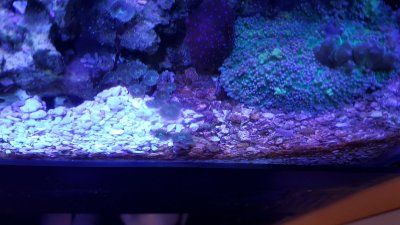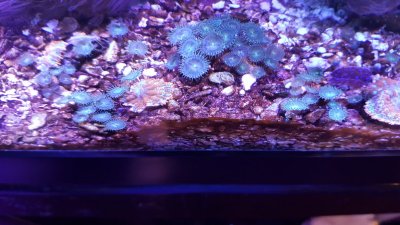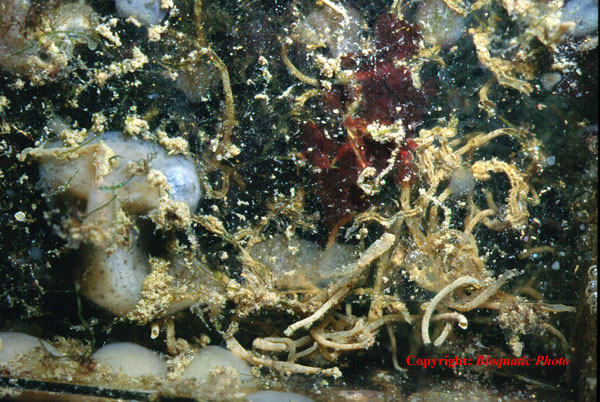- Joined
- Jun 28, 2017
- Messages
- 36
- Reaction score
- 25
I have a reef tank that most likely has either brown diatoms or dinoflagellates growing on the gravel/sand. Tank is at least a year old. Tests indicate excellent water quality with the possible exception - API kit shows nitrate @ 0 & phosphate checker shows it @ 0.03 so maybe too low? meaning many believe these levels can cause dino problems. Also the water used is RODI with a silica blaster di resin. Light is Kessil/black Box for 10-12hrs/day. The brown algae is only on the gravel and very bottom of glass but not on any of the rocks. Been growing for several months now and is getting worse. How do I get rid of this??? Thank you in advance.
























